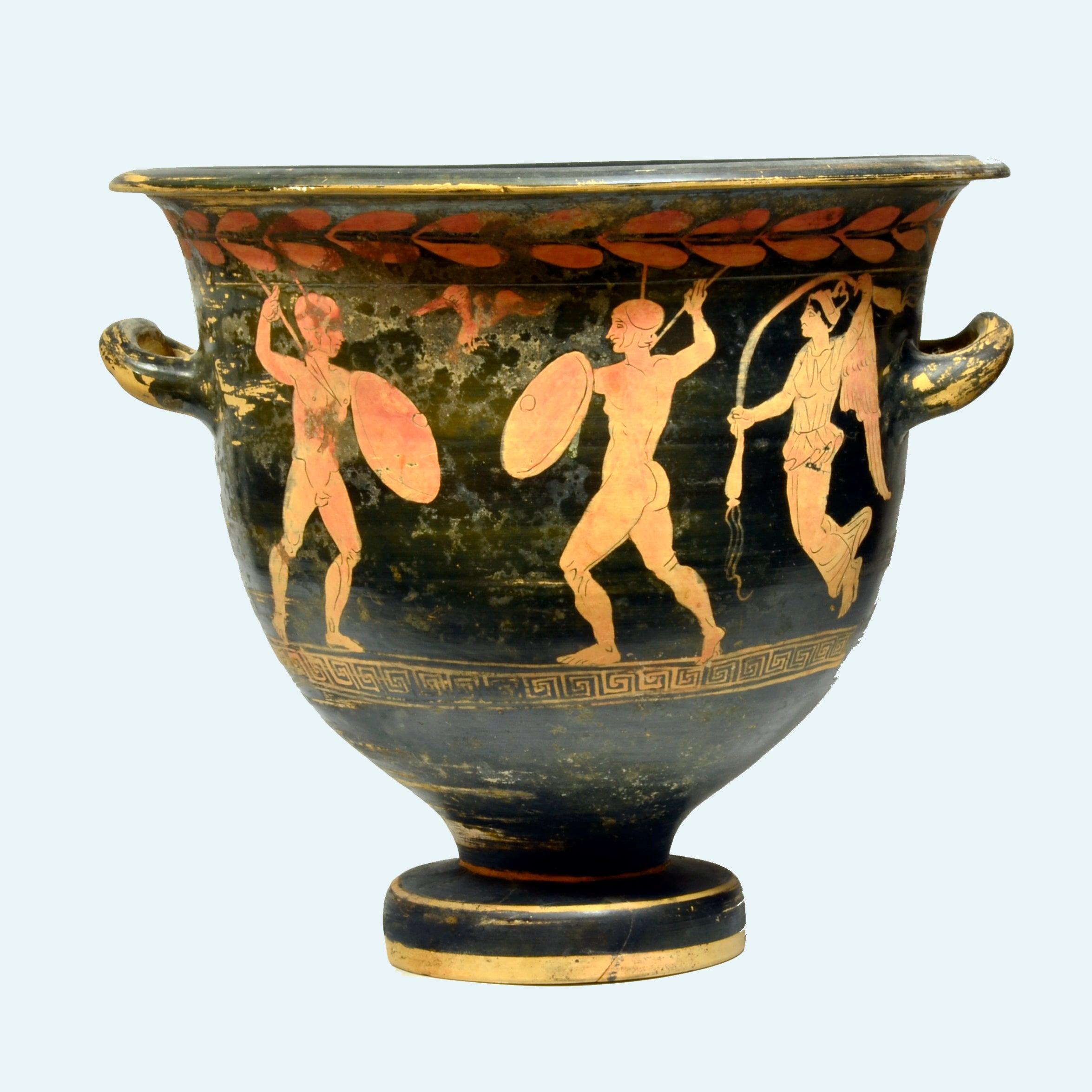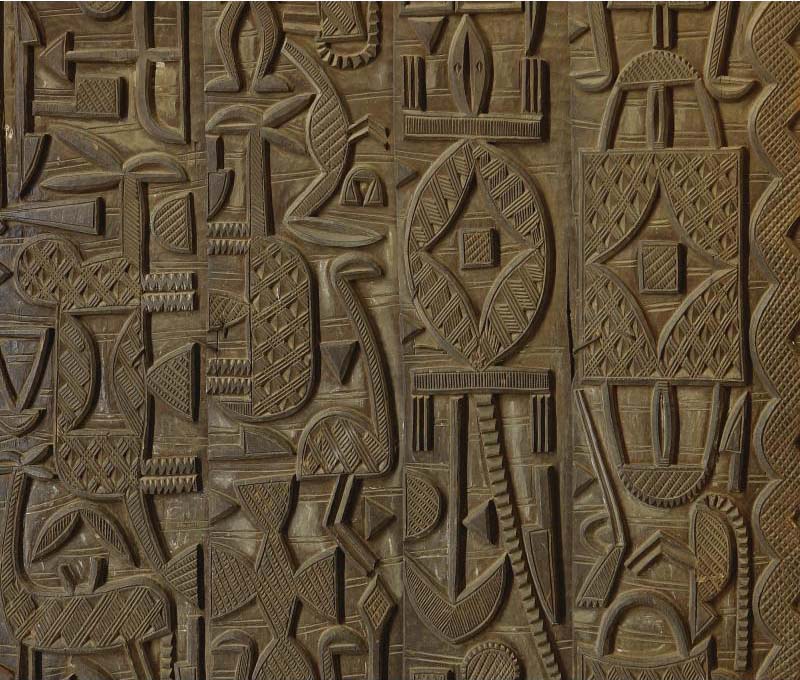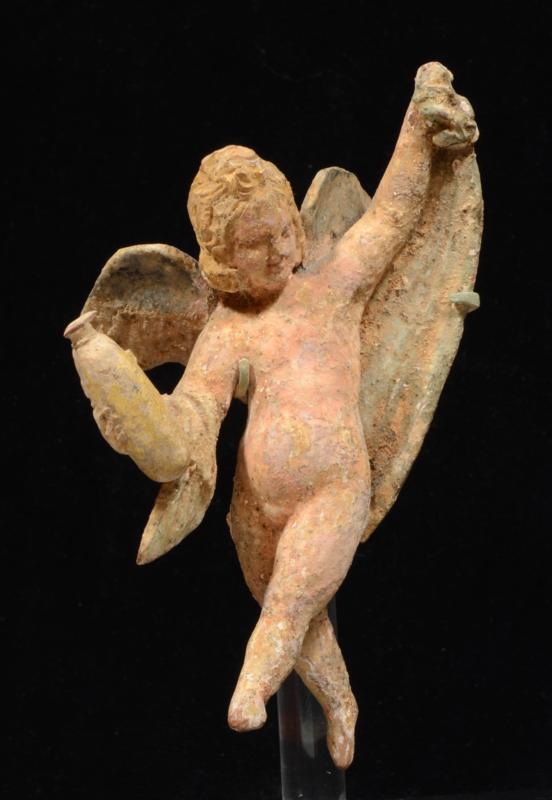The Magic of Egyptian Ushabtis
Ancient Egyptians believed that the afterlife mirrored life, quite literally. Those who were deemed righteous in life were at death granted deliverance to a continuation of the same experience, on the eternal plane. Except without sickness, and without death!
People were also obligated to devote part of their time each year to public works projects that the pharaoh had decreed. The rich paid others to carry out their labors. They expected that in the afterlife Osiris, the god of the dead, would have similar projects. This meant that all this work, and the work tending fields had to be done in the afterlife, forever.
This is where ushabtis (also known as shawbti and shabti) come in. Ushabtis are funerary servant figures that, in ancient Egypt, accompanied the deceased to the afterlife. Ushabtis are the workers, the ones called on to do all the work eternity requires. Demand for workers to carry out never-ending labor was high. As a result, these standing mummiform statuettes are the closest thing to mass produced objects of the ancient world, next to coins and scarabs.
It is not surprising that the richer one was, the more ushabtis one could afford to be buried with. Many wealthy and royal personages were buried with one ushabti worker for each day of the year. It is possible to find 365 similar figures, as a cache, in their own coffin or wood box. The figurines often carried a hoe on their shoulder and a basket on their backs, implying they were intended to farm for the deceased.
As social strata in ancient Egypt varied widely, so did the material and quality of ushabtis. A simple farmer would have crude Nile mud figurines, while an elite burial would have refined ushabtis of finely glazed composition, carved out of stone, or highly crafted inlaid wood. Faience was a common medium, composed of natron, silicates and mineral oxides fired at a high temperature, and could achieve a deep cobalt blue or green surface which itself was symbolic of water, regeneration and rebirth.
Many ushabtis were inscribed with a `spell’ (known as the shabti formula) which specified the function of the particular figure, and the owner’s name. The spell is adapted from The Book of The Dead, a religious text. Spell Six is known as the magic spell, causing a ushabti to come to life, and to begin work in the afterlife. Spell Six reads:
O shabti, allotted to me, if I be summoned or detailed to do any work in the realm of the dead; or if there is an obstacle, you should say as a man in his duty, ‘Look! I am here!’ If you are called on to make arable the fields, flood the banks, or transport the sands from east to west or vice versa at any time in the Divine Hereafter, on every occasion you shall say `Here am I.'
Art For Eternity is please to present an assortment of these enigmatic fellows. Perhaps if you say Spell Six to them, these ancient figures will help lighten your load, in this life and the next. Please check the Egyptian section of the site for individual ushabtis.
Howard Nowes, Director
Dara Mayers, Associate Directors









Leave a comment